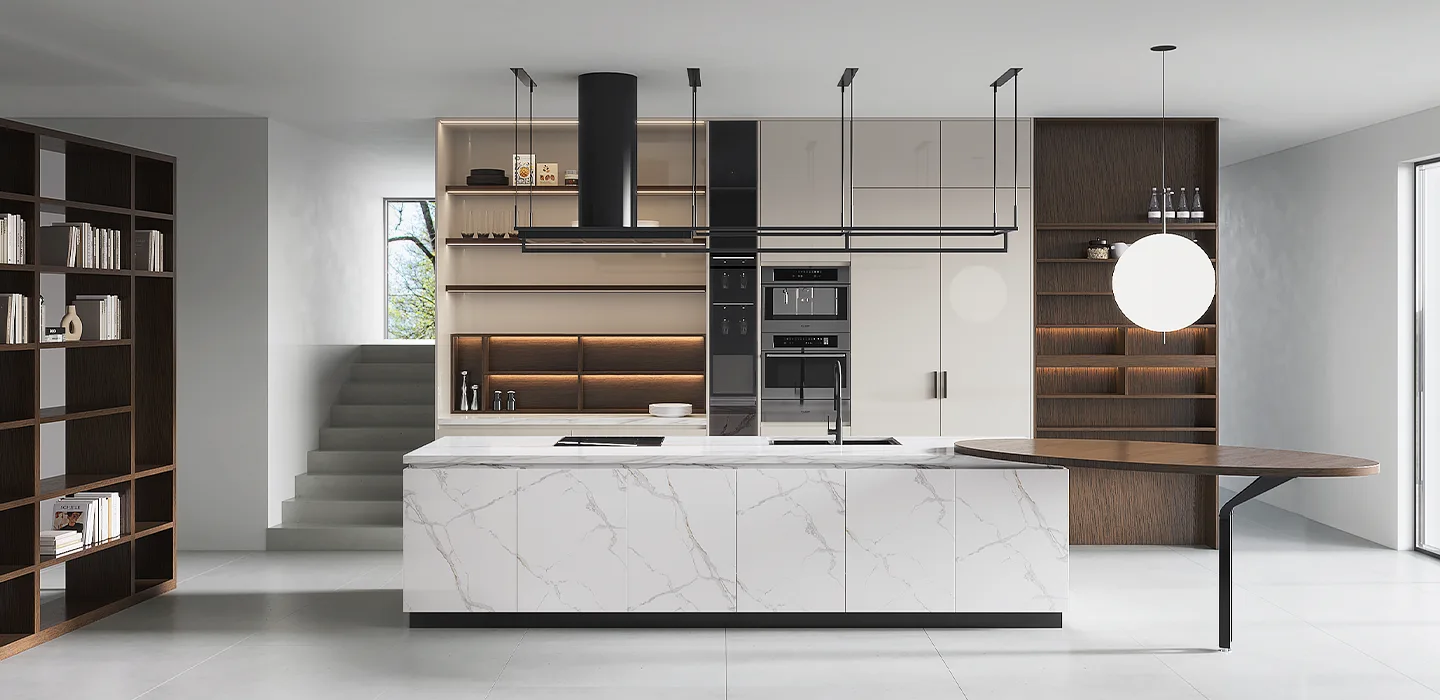Cabinets are pivotal in crafting the aesthetic and functional blueprint of interior spaces, often setting the tone for the style and ambiance of a home. As the cornerstone of storage and organization, the design of cabinets is not just about aesthetics but also about making efficient use of space, enhancing accessibility, and ensuring longevity. The art of cabinet design encompasses a broad spectrum of styles, materials, and customization options, enabling homeowners to tailor their spaces to their personal tastes and practical needs.
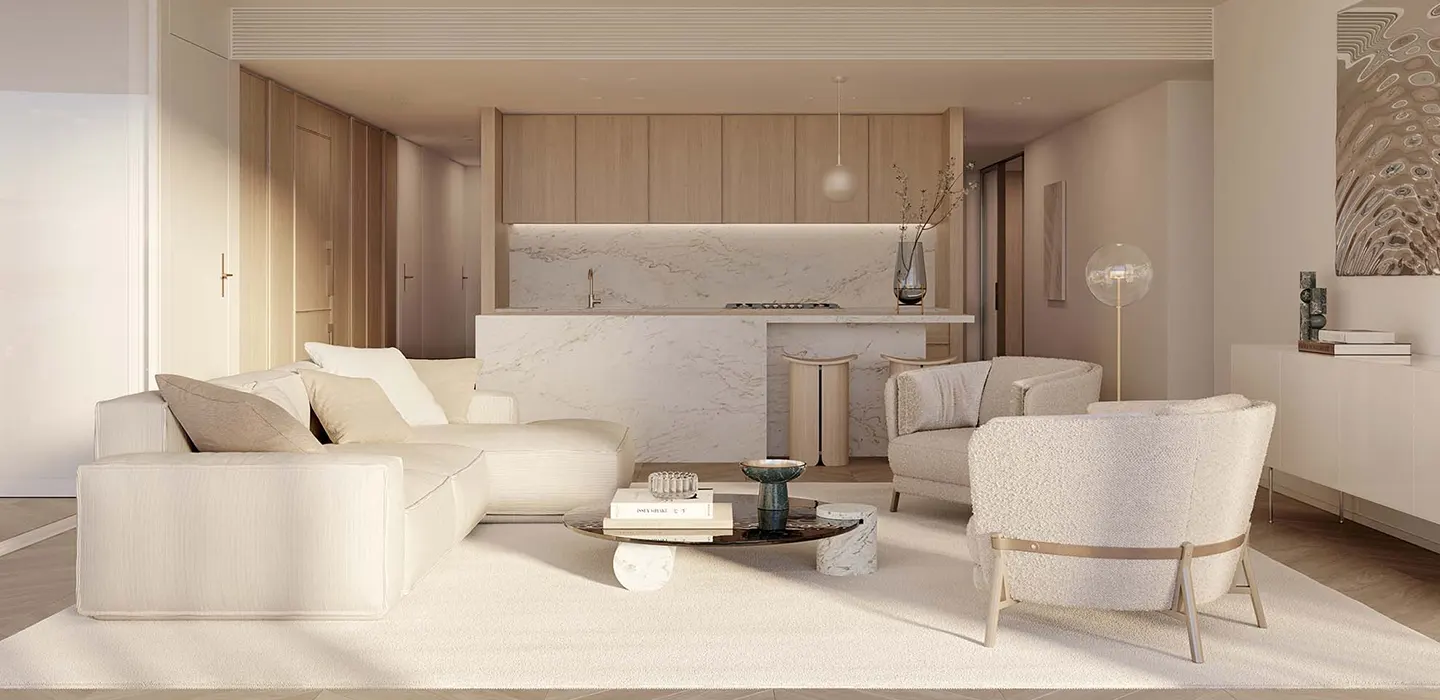
The journey into the world of cabinet design begins with understanding the basics. From the traditional to the modern, cabinets can be crafted to complement any interior design theme. They are more than mere storage units; they are pieces of art that can elevate a room’s décor while serving practical purposes. As such, carefully considering cabinet designs is essential in any home remodeling or decorating project.
At the heart of cabinet design lies the challenge of balancing form and function. A well-designed cabinet should seamlessly integrate with the rest of the room, maintaining a sense of harmony while providing ample storage. To achieve this, one must consider various factors such as layout, size, and the overall flow of the space. Cabinets should be visually pleasing and cater to the household’s specific needs, making the selection process a critical component of interior design.
- The Importance of Cabinet Designs in Home Decor
- Different Styles of Cabinet Designs
- Material Selection for Cabinet Designs
- Color Schemes in Cabinets Designs
- Customization Options in Cabinet Designs
- Techniques for Creating Functional Cabinet Designs
- Tips for Choosing the Right Cabinet Designs
- Cabinets Designs Inspiration: Case Studies
- Conclusion: Unlocking Your Creativity in Cabinet Designs
The Importance of Cabinet Designs in Home Decor
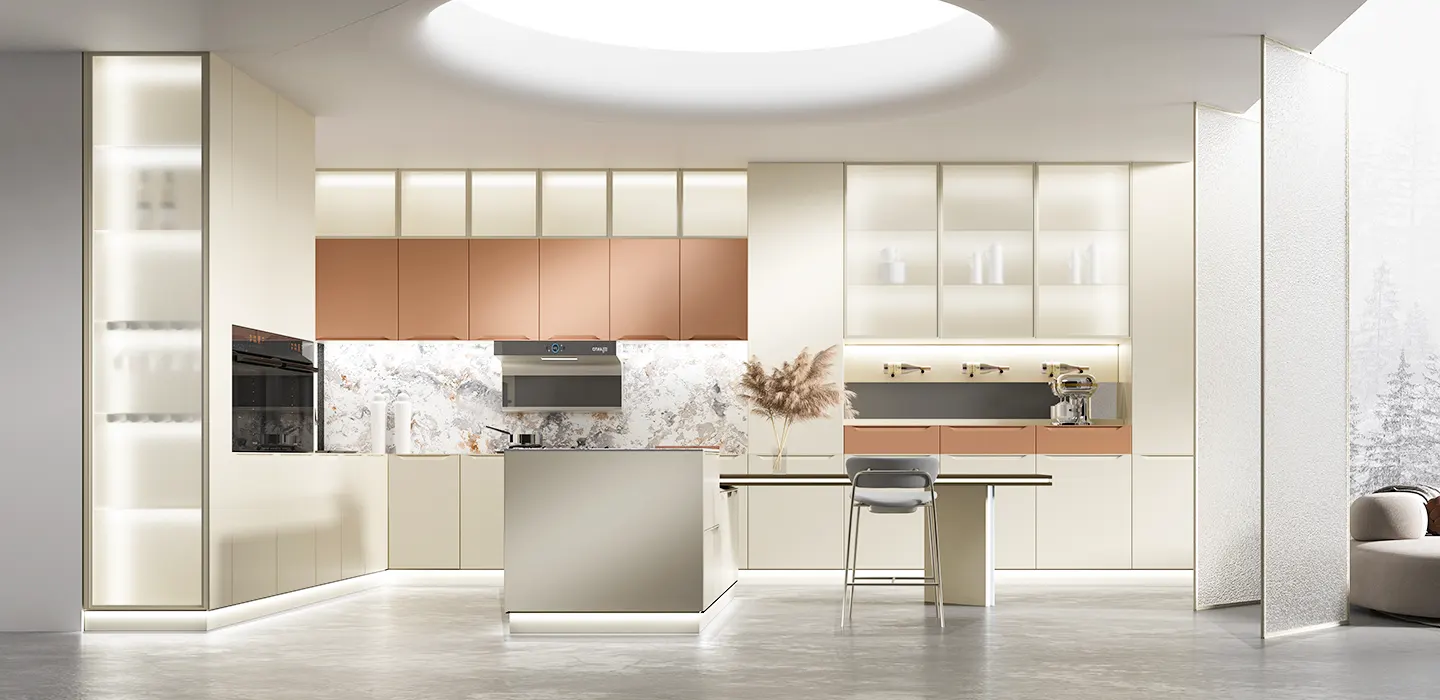
Cabinets designs are not just a functional element of home decor; they play a significant role in defining the character of a space. Whether in the kitchen, bathroom, living room, or bedroom, cabinets contribute to the overall design scheme, influencing the mood and style of the home. The right cabinet design can enhance the beauty of a room, create a focal point, and even increase the property’s value.
In many ways, cabinets act as the backbone of room design. They provide structure and organization, helping to declutter spaces and promote a sense of calm and order. With the rise of open-plan living and the blending of functional zones, the role of cabinets has evolved. They now serve as key elements in defining different areas within an open space, providing subtle boundaries without needing walls.
Furthermore, cabinets designs are integral to the ergonomics of a home. They can make daily tasks more efficient and comfortable by being placed at the right height, incorporating user-friendly features, and utilizing smart storage solutions. A well-thought-out cabinet design considers the users’ needs, ensuring that everything is within easy reach and that the space is optimized for convenience and accessibility.
Different Styles of Cabinet Designs
Traditional Cabinet Designs
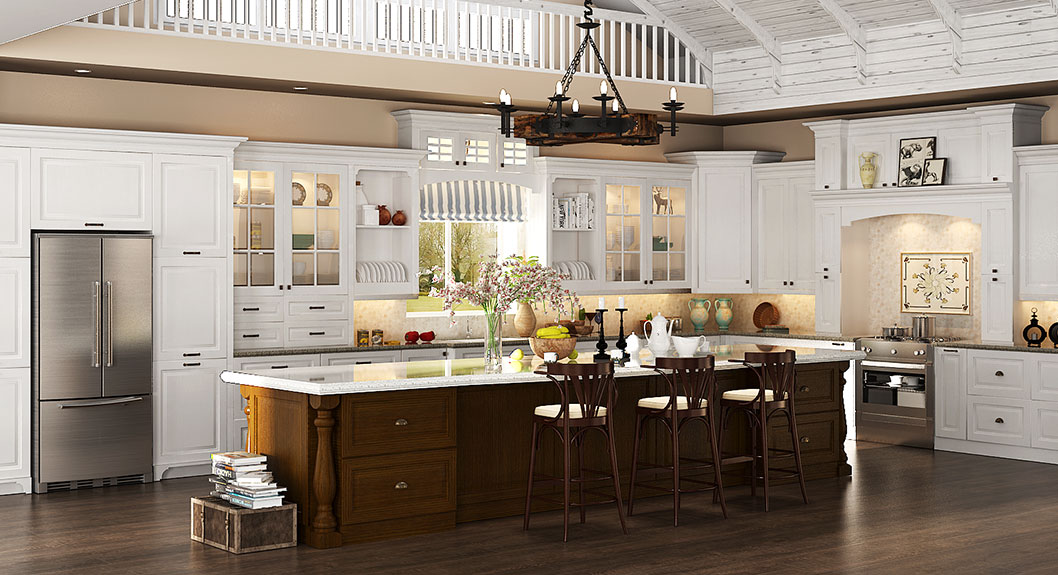
Traditional cabinet designs are characterized by their classic aesthetic, featuring intricate details such as raised panel doors, ornate moldings, and rich wood finishes. These timeless pieces often draw inspiration from historical motifs and are perfect for creating a warm, inviting atmosphere in any home. They are typically made of solid wood and are known for their durability and craftsmanship.
Contemporary Cabinet Designs
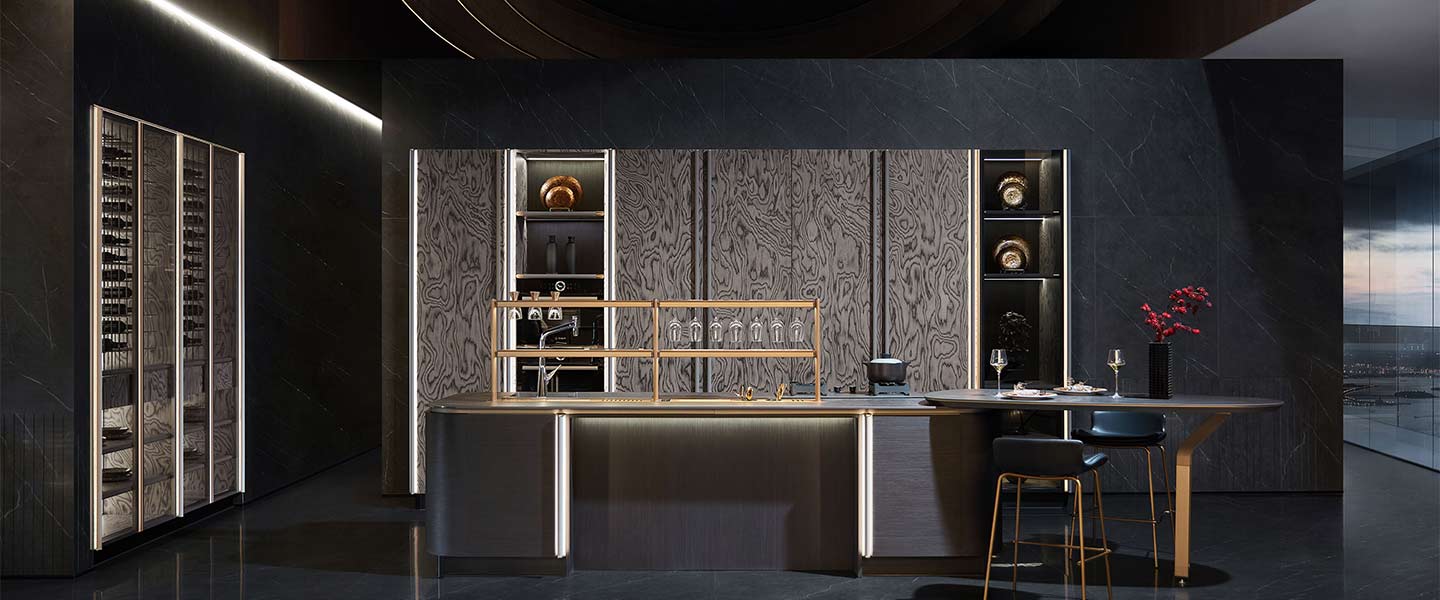
Contemporary cabinet designs, on the other hand, embrace minimalism and functionality. They feature sleek lines and simple hardware and often utilize innovative materials like laminates and metal. These cabinets are designed with modern living in mind, offering clean, uncluttered lines that can open up space and make it feel more expansive. They often incorporate bold geometric shapes and asymmetrical layouts, reflecting a more forward-thinking approach to design.
Transitional Cabinet Designs
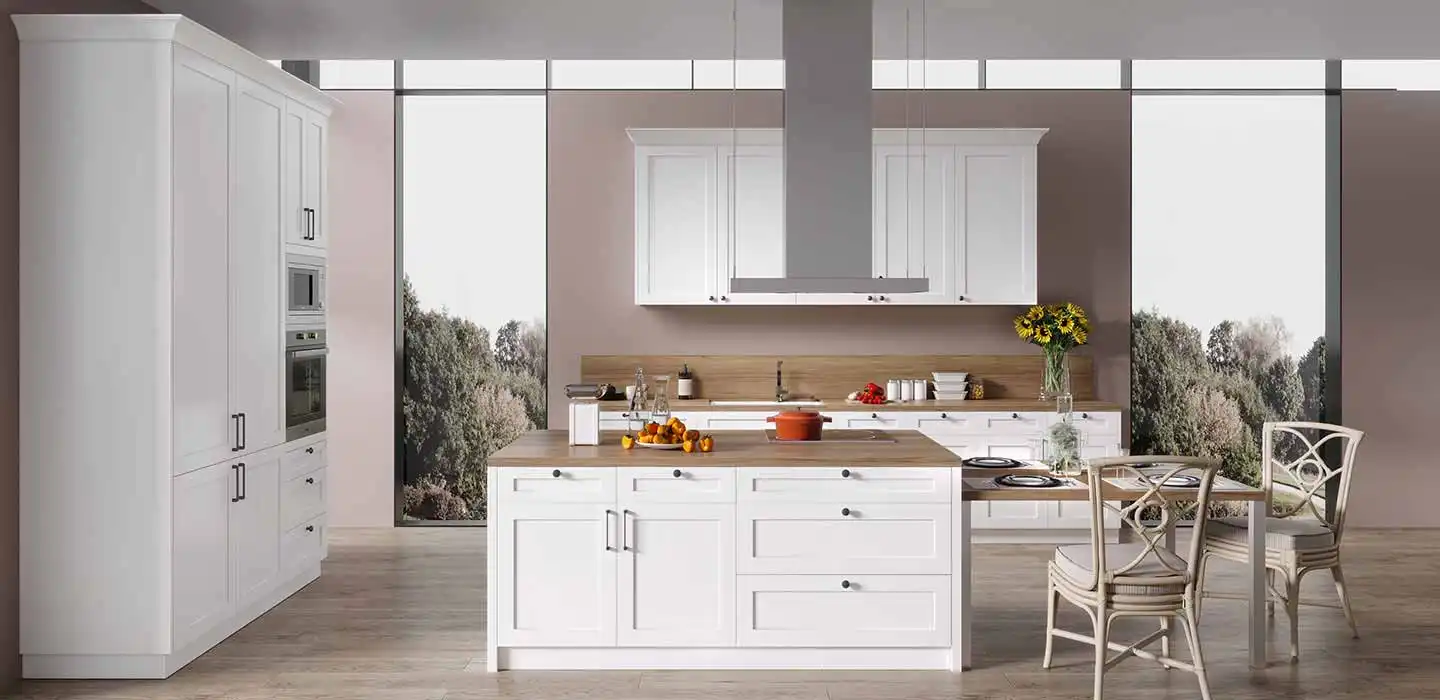
Bridging the gap between traditional and contemporary are transitional cabinet designs. These cabinets blend elements from both styles to create a familiar and fresh, balanced look. They often mix textures and finishes, pairing classic wood with modern accents. Transitional cabinets are a popular choice for those who appreciate a blend of old and new styles, as their versatility makes them suitable for various settings.
Material Selection for Cabinet Designs
When it comes to cabinet designs, the choice of material has a profound impact on both the aesthetic and longevity of the cabinets. The selection of materials can influence the texture, color, and overall feel of the cabinets, as well as their durability and maintenance requirements. Understanding the materials available is key to making an informed decision that aligns with one’s design goals and practical needs.
Wood Cabinets
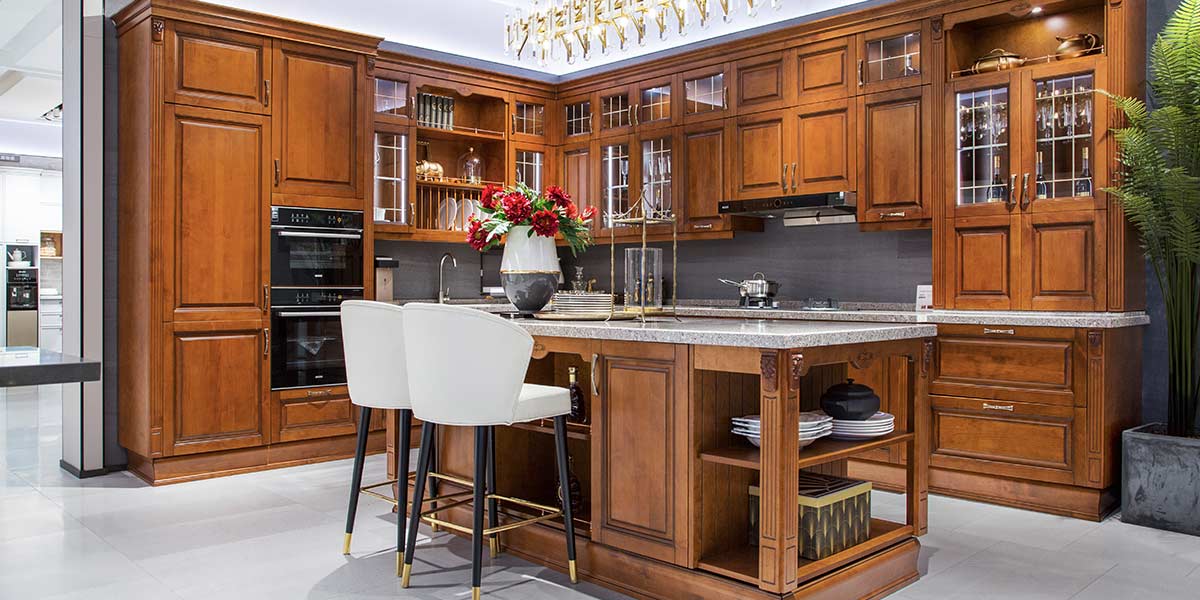
Wood remains a popular cabinet choice due to its natural beauty and versatility. Hardwoods like oak, maple, and cherry are favored for their strength and rich color variations, while softer woods like pine offer a more rustic charm. Each type of wood can be finished in various ways, from stains highlighting the natural grain to paints for a more contemporary look.
Laminate and Thermofoil Cabinets
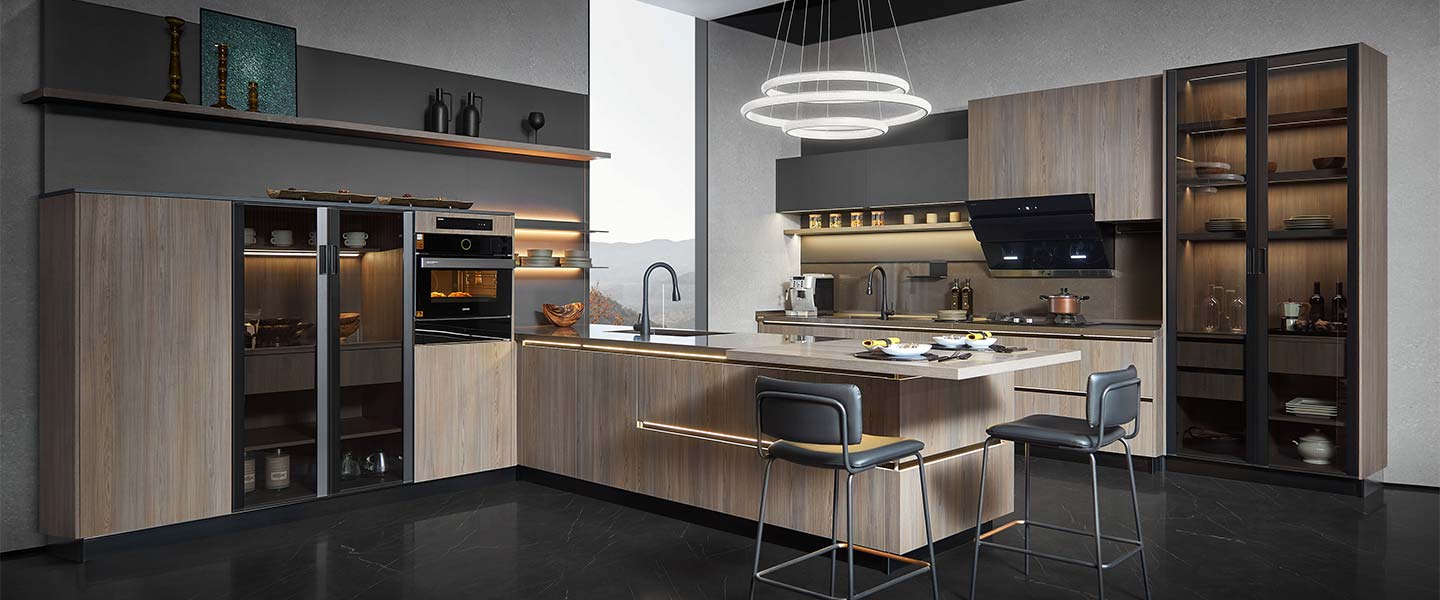
For a more budget-friendly option, laminate and thermofoil cabinets offer the look of wood or other materials without the higher cost. They are made by applying a thin material layer over a substrate, providing a wide range of colors and patterns. These materials are practical for busy households since they are easy to clean and maintain.
Metal and Glass Cabinets
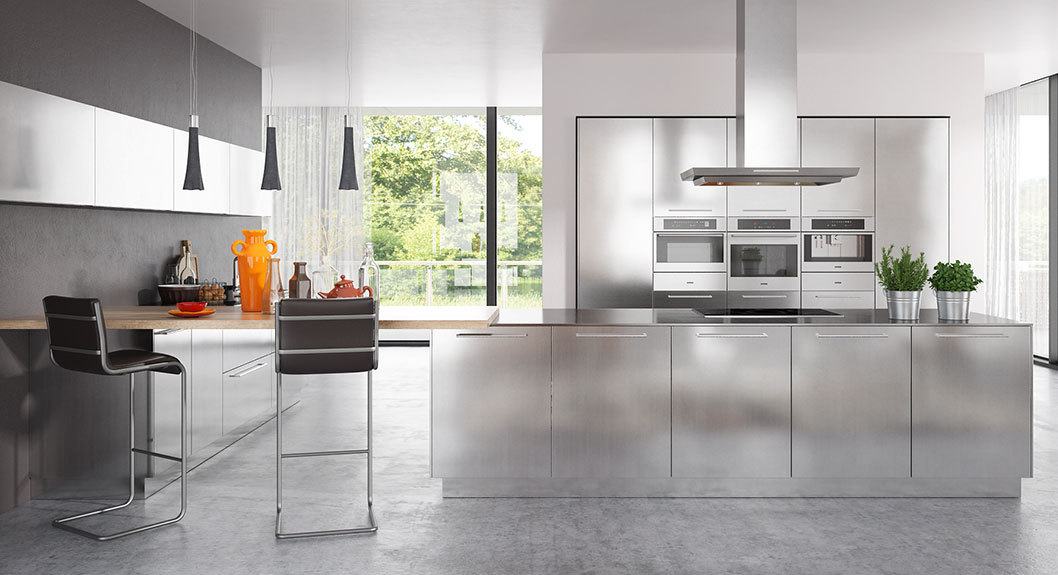
Metal and glass cabinets are an eye-catching option for a modern and industrial edge. Stainless steel can provide a sleek and professional look, often seen in commercial kitchens, while glass-fronted cabinets can showcase decorative items and make spaces feel more open. These materials can be combined with others, such as wood, to create a unique and customized appearance.
Color Schemes in Cabinets Designs
Color plays a significant role in cabinet designs, setting the mood and complementing the overall design palette of the room. The color of the cabinets can either make them a focal point or blend with the surroundings. It is important to consider the color scheme of the entire space and how the cabinets will fit into it.
Neutral Color Cabinets
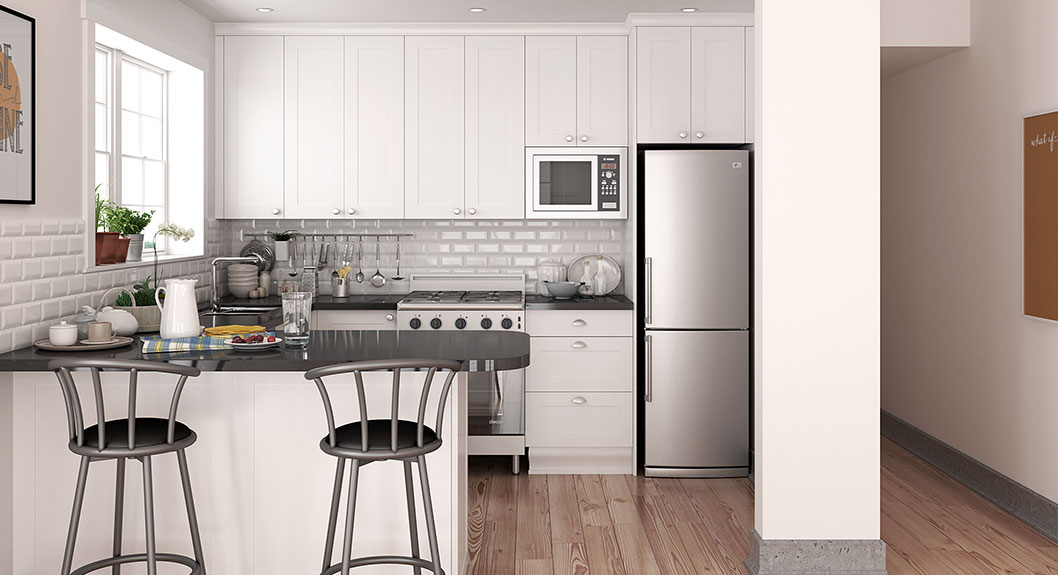
Neutral colors like white, gray, and beige are classic choices that offer versatility and longevity. They are ideal for small spaces with limited natural light, as they can create a clean and airy atmosphere. Neutral cabinets also provide a backdrop against which other design elements can shine, allowing for more adventurous choices in countertops, backsplashes, and accessories.
Bold Color Cabinets
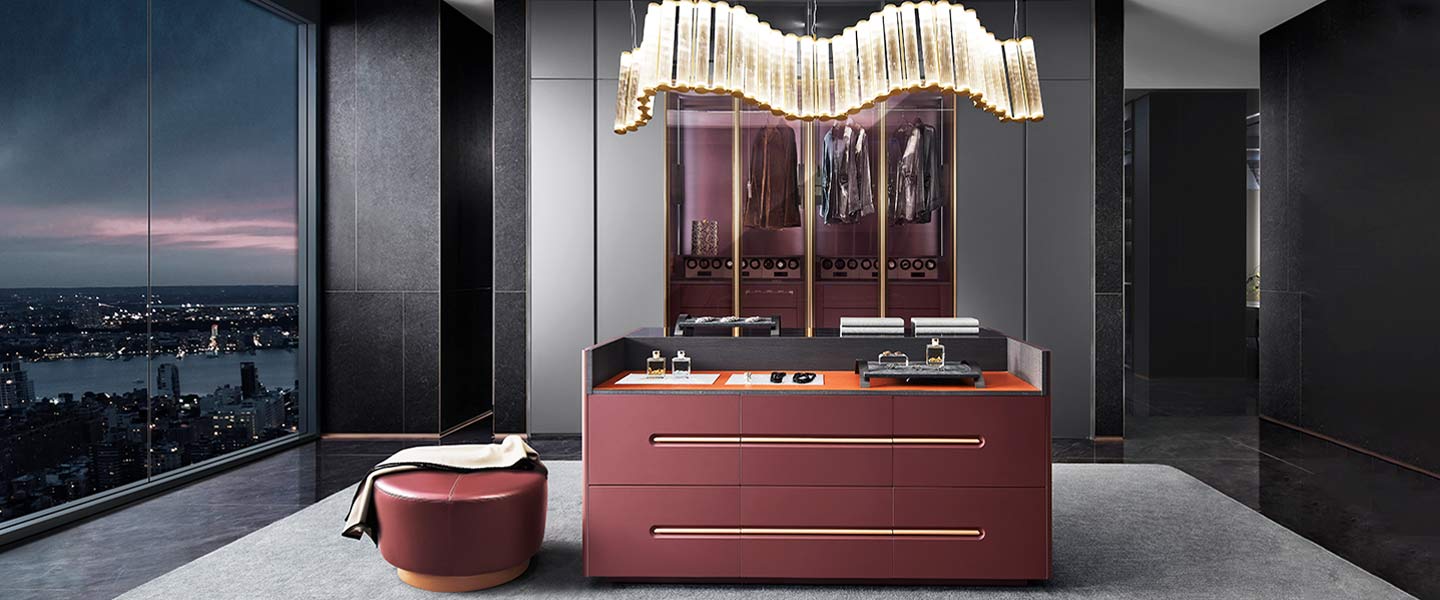
For those looking to make a statement, bold color cabinets can be a striking addition to a room. Deep blues, vibrant greens, and rich reds can inject personality and energy into a space. When opting for bold colors, it’s important to balance them with more subdued tones in the rest of the room to avoid overwhelming the senses.
Two-Tone Color Cabinets
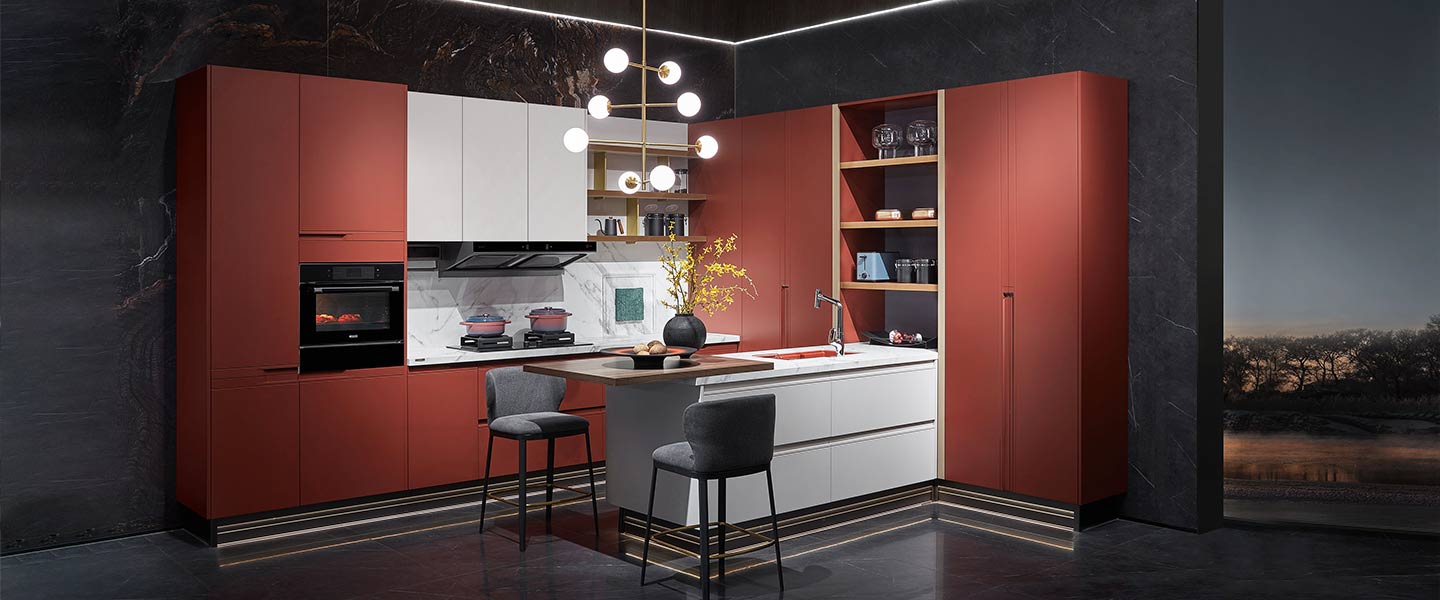
Two-tone color cabinets are a trend that offers the best of both worlds, combining neutral tones with bolder colors for a dynamic look. This approach can highlight architectural features, define different zones within an open space, or add visual interest to the cabinetry. When executed properly, two-tone cabinets can elevate the design of a room and create a unique and custom feel.
Customization Options in Cabinet Designs
The ability to customize cabinets allows homeowners to personalize their storage solutions according to their unique needs and preferences. Customization can range from choosing materials and finishes to including specialized features and organizational systems. Personalization is key to achieving a functional cabinet design that reflects the homeowner’s style.
Personalized Layouts and Sizes
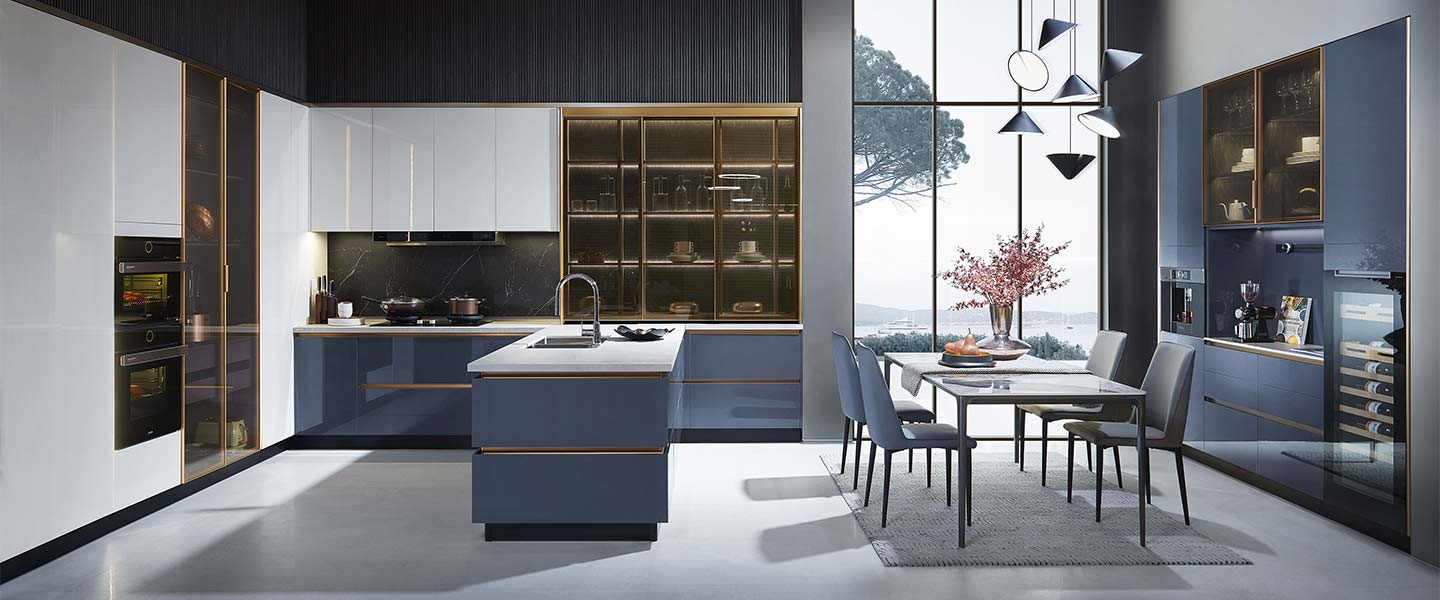
Custom cabinets can fit any space, no matter how irregular. This ensures that every available space is utilized effectively, maximizing storage and eliminating dead zones. Custom sizes also allow for the inclusion of unique elements like corner cabinets, pull-out pantries, or appliance garages, which can greatly enhance the usability of the space.
Specialized Features and Accessories
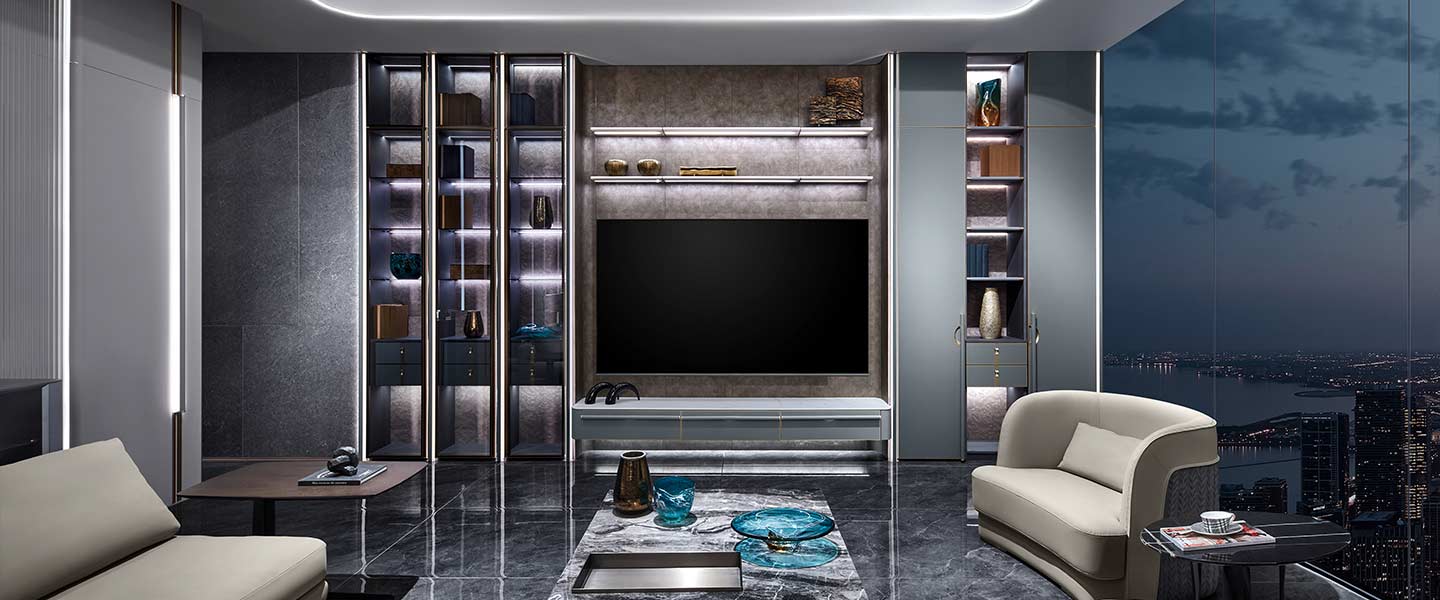
Incorporating specialized features and accessories can make cabinets more user-friendly and efficient. Soft-close hinges, built-in lighting, and customizable drawer organizers are just a few enhancements that can be added to tailor cabinets to the homeowner’s lifestyle. These features can improve the functionality of cabinets, making everyday tasks easier and more enjoyable.
Unique Finishes and Details
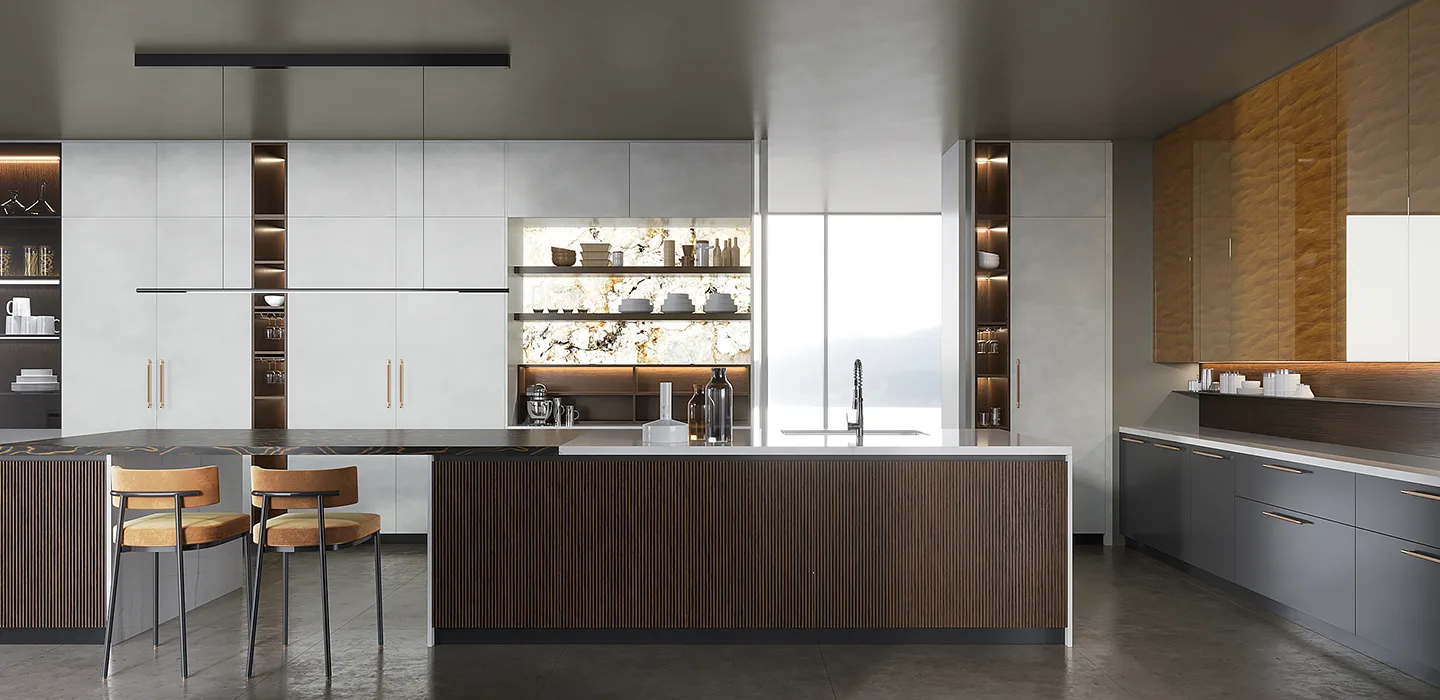
Custom cabinets offer the opportunity to select from a wide range of finishes and details that can set a design apart. From hand-painted motifs to exotic wood veneers, the options are nearly limitless. Unique cabinet hardware, such as knobs and pulls, can add more elegance or whimsy to the design, like jewelry for the cabinets.
Techniques for Creating Functional Cabinet Designs
Creating functional cabinet designs requires a thoughtful approach that considers both the user’s needs and the space’s constraints. Techniques for achieving functionality involve careful planning, understanding ergonomics, and incorporating smart storage solutions. The goal is to create cabinets that look beautiful and make life easier for those who use them.
Efficient Space Planning
It is vital to ensure that cabinets are easily accessible and usable by implementing effective space planning. This involves considering the work triangle in kitchens, placing items in relation to their point of use, and ensuring sufficient clearance for doors and drawers to open. Thoughtful space planning can prevent bottlenecks and create a smooth flow within the room.
Ergonomic Considerations
Ergonomics play a crucial role in cabinet design, as they affect the comfort and safety of the user. Cabinets should be designed with the user’s height and reach, with frequently used items placed within easy reach. Adjustable shelves, pull-down racks, and lift-up doors can also enhance ergonomics, making storage more accessible for all users.
Smart Storage Solutions
Smart storage solutions can greatly increase the functionality of cabinets. Innovations like corner drawers, vertical dividers, and custom inserts can help keep items organized and maximize available space. Pull-out shelves and lazy Susans can also make accessing items stored deep within cabinets easier, minimizing the need to reach or bend.
Tips for Choosing the Right Cabinet Designs
Choosing the best cabinet design for your home can be overwhelming, with many options available. However, carefully considering and planning makes it possible to find the perfect fit for both your aesthetic preferences and functional needs. Here are some tips to guide you through the selection process.
Assess Your Storage Needs
Before diving into the design aspect, assessing your storage needs is crucial. Consider what items you need to store and how you want them to be organized. This will help you determine the type and amount of storage you require, guiding your choices regarding cabinet sizes, layout, and features.
Consider the Style of Your Home
The style of your home should influence your cabinet designs. Whether you live in a traditional, contemporary, or transitional space, your cabinets should complement the overall design aesthetic. This doesn’t mean they must match exactly, but they should work cohesively with the architectural style and existing decor.
Think Long-Term
Cabinets are a significant investment you’ll likely live with for many years. It’s important to select designs that will remain stylish and functional for a long period, preventing you from quickly becoming bored with them. Opt for quality materials and timeless finishes that will maintain appeal and performance over the long haul.
Cabinets Designs Inspiration: Case Studies
To truly understand the impact of well-designed cabinets, one can look to real-world case studies that showcase the transformative power of thoughtful cabinetry. These case studies provide tangible examples of how cabinet designs can elevate a space, improve functionality, and reflect the homeowner’s personality.
Kitchen Transformation with Custom Cabinets
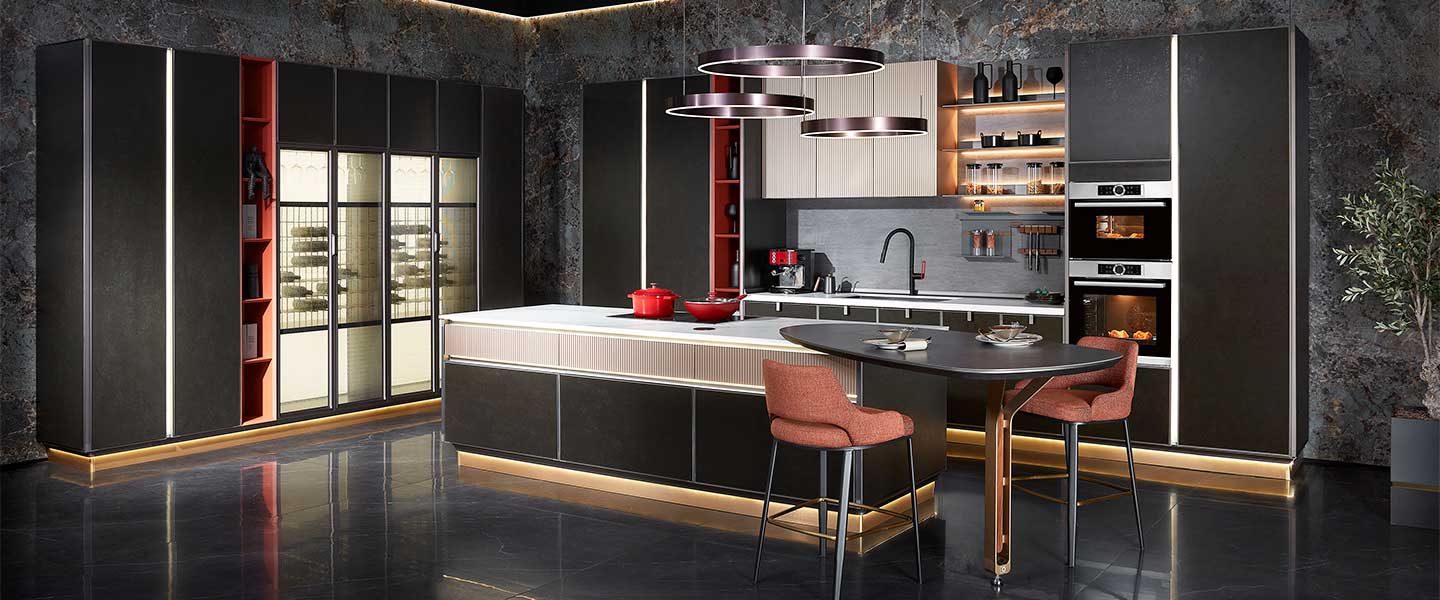
A recent kitchen remodel featuring custom cabinets demonstrated how personalized design can optimize a space for a family’s specific needs. The new layout included an island with built-in seating, custom pantry storage, and a coffee station with appliance garages. The result was a kitchen that looked stunning and catered to the family’s lifestyle, enhancing their daily routines.
Bathroom Elegance with Floating Vanity Cabinets
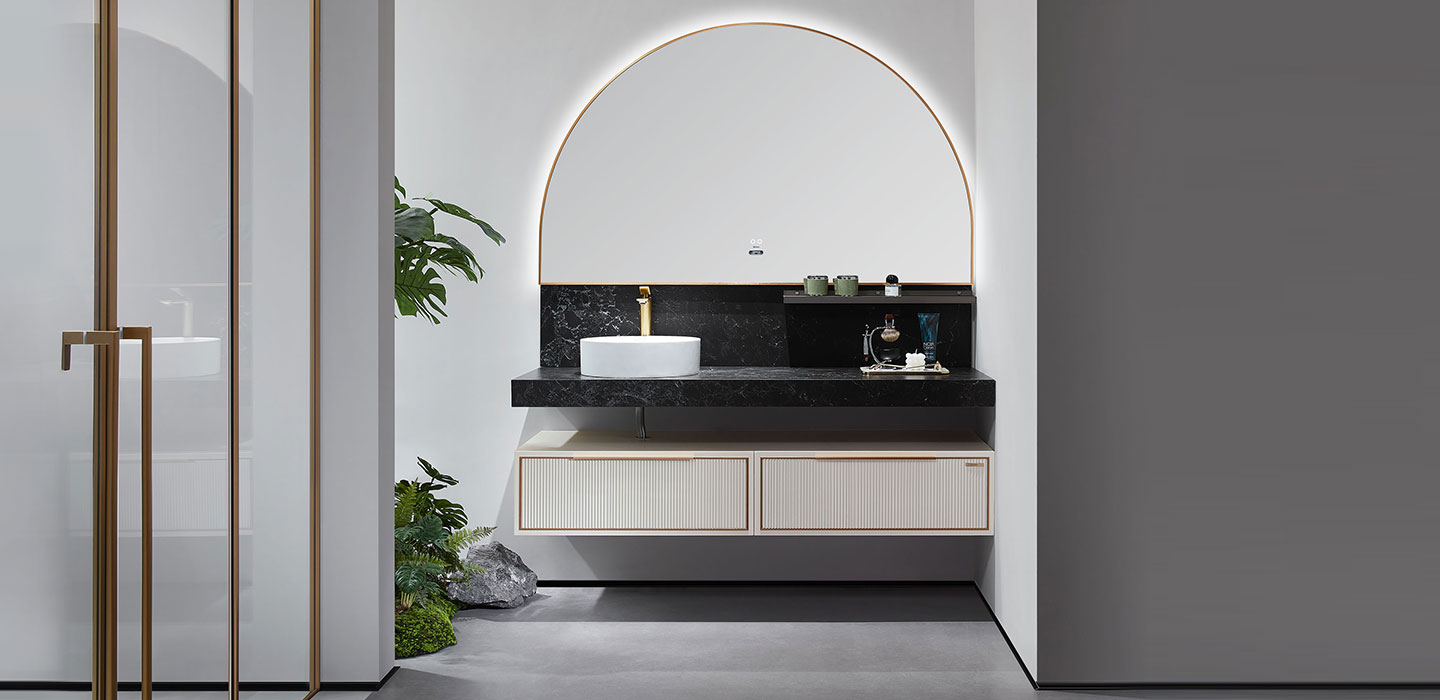
In another example, a bathroom renovation incorporated floating vanity cabinets to create a sense of space and luxury. The wall-mounted cabinets provided ample storage, making the room more open and airy. High-quality materials and finishes added a touch of sophistication, transforming the bathroom into a serene and stylish retreat.
Living Room Update with Built-In Cabinets

A living room update showcased the versatility of built-in cabinets in creating a cohesive and functional entertainment area. The cabinets were designed to house media equipment, display collectibles, and conceal unsightly cables. The thoughtful design integrated seamlessly with the room’s decor, proving that cabinets can be beautiful and practical.
Conclusion: Unlocking Your Creativity in Cabinet Designs
Cabinets designs offer a world of possibilities for enhancing your home’s functionality and aesthetic appeal. By understanding the various styles, materials, color schemes, and customization options, you can unlock your creativity and design cabinets that reflect your style and meet your practical needs. Remember to consider the importance of ergonomics and smart storage solutions in creating a beautiful and user-friendly space.
As you embark on your cabinet design journey, remember the tips and inspiration provided in this comprehensive guide. Assess your needs, think about the long-term, and don’t be afraid to draw inspiration from successful case studies. With careful planning and a sprinkle of imagination, you can create beautiful cabinets that improve your daily life.
Unlocking the art of cabinet designs is an exciting process that can transform your space and elevate your home decor. Embrace the challenge, explore your options, and enjoy the journey of creating the perfect cabinets for your home.
